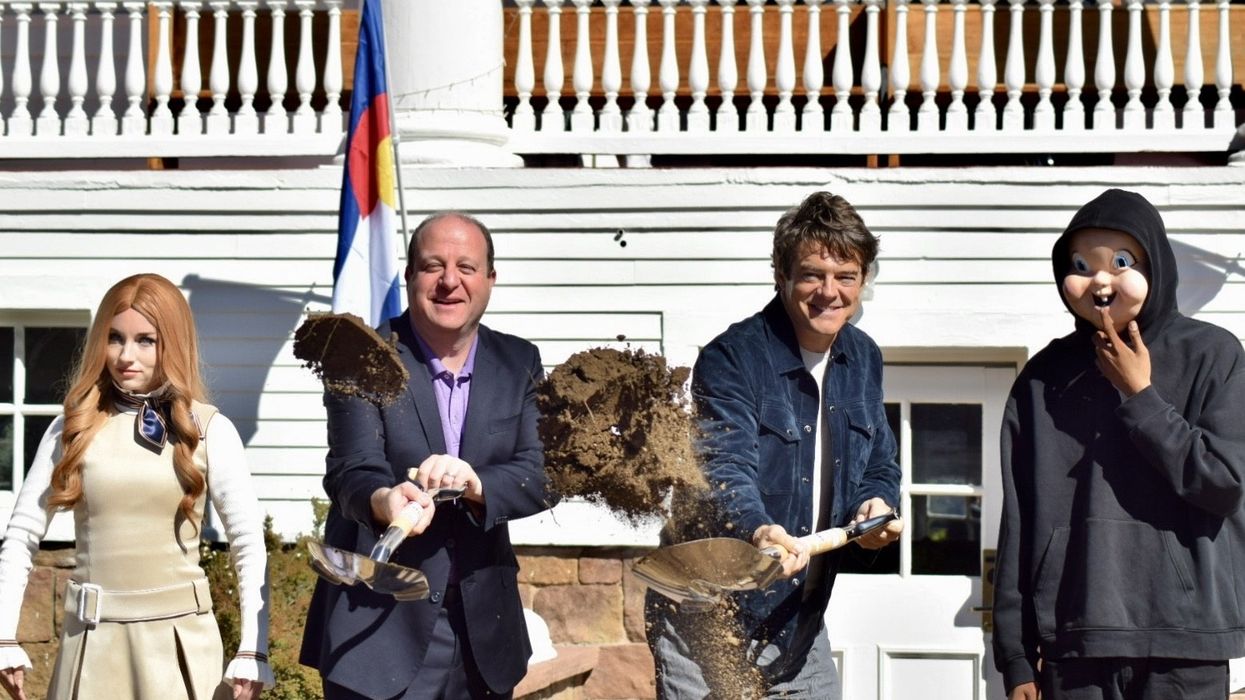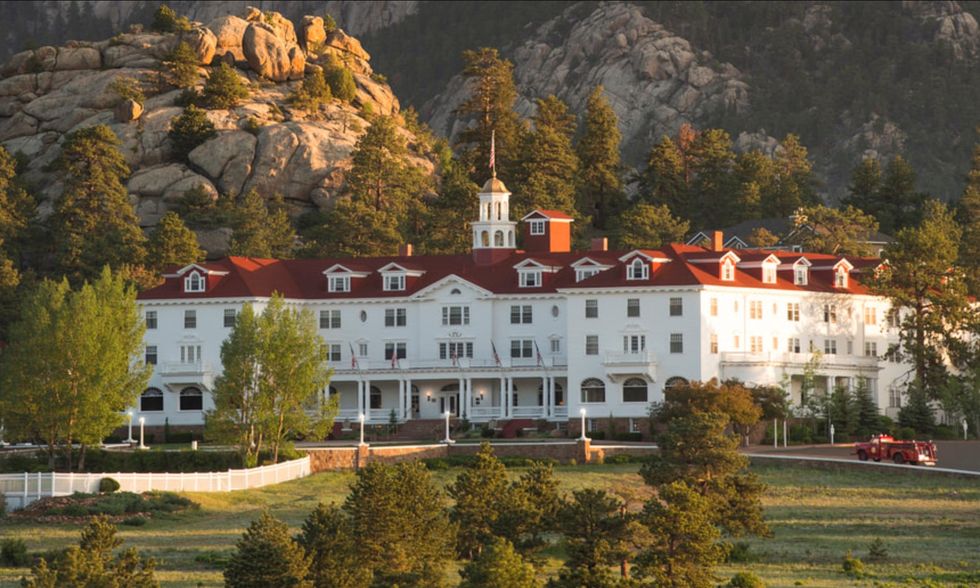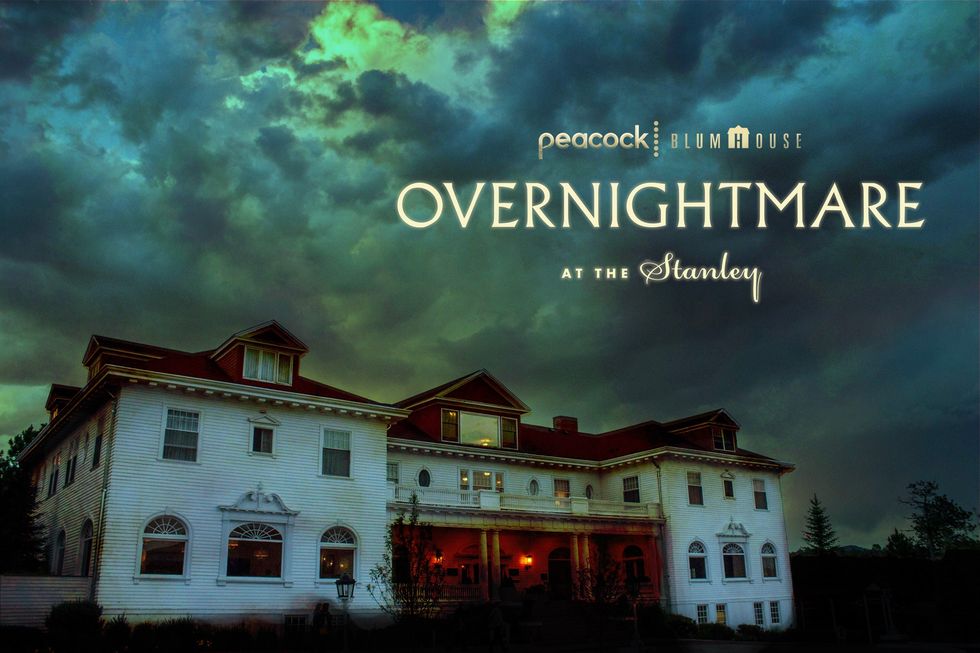Adirondack Studios (ADKS), a company that provides creative solutions for designers, artists, producers, and owners in the themed entertainment industry, is celebrating the opening of Adriana Varejão: Don’t Forget, We Come From the Tropics at The Hispanic Museum and Library (HSM&L), an exhibition of new paintings and sculpture by leading Brazilian artist Adriana Varejão.
Marking the artist’s inaugural solo show in a New York museum and her third in the US, the exhibition showcases new works from Varejão’s celebrated Plate series alongside a site-specific outdoor sculpture produced by ADKS.
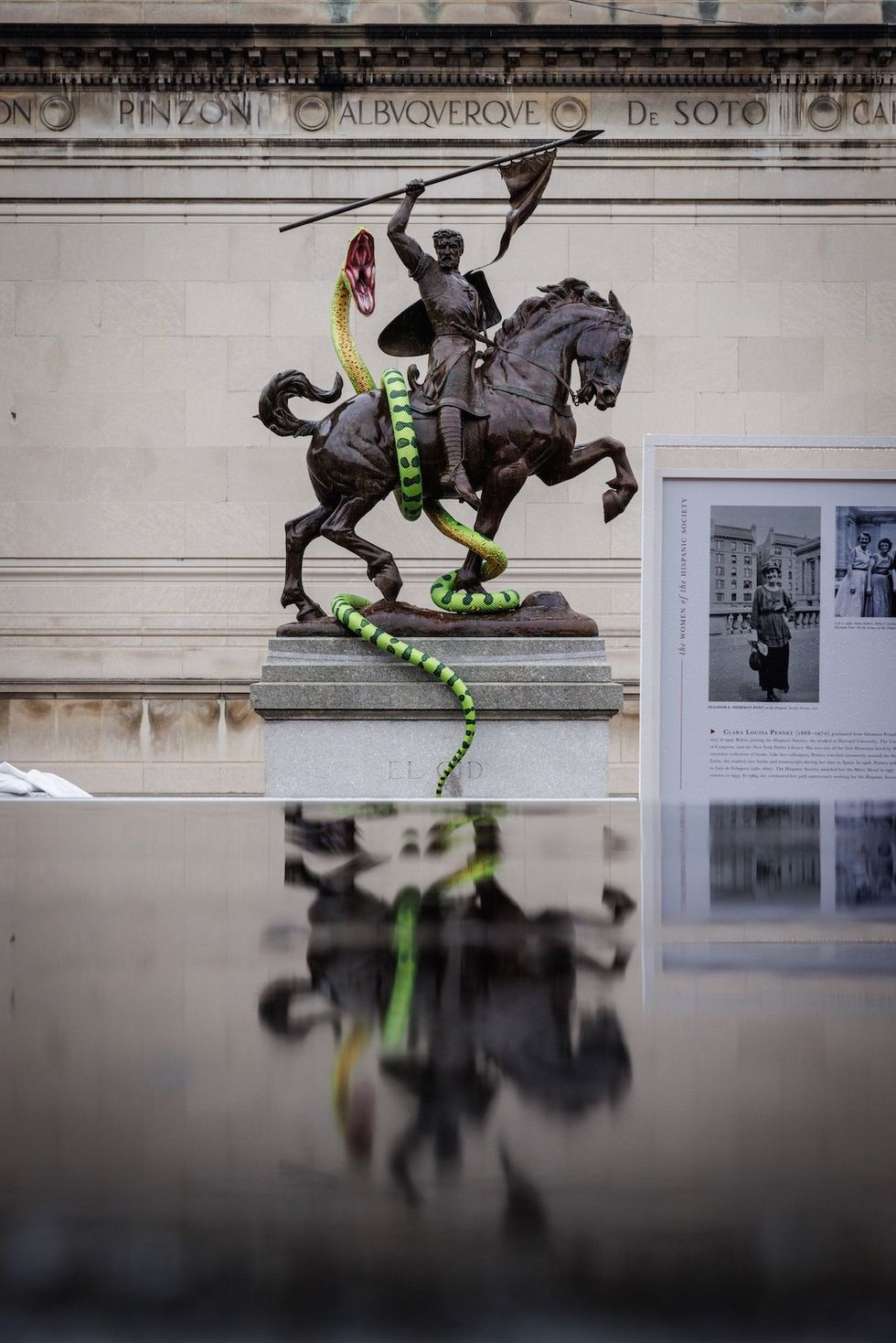
Varejão's striking outdoor sculptural intervention at the museum deepens the dialogue between nature and humanity. This work engages with the institution's 1927 equestrian statue of El Cid, created by Anna Hyatt Huntington. In this site-specific piece, a vibrantly painted fibreglass sucuri (Amazonian anaconda) winds around the bronze warrior, challenging the statue’s themes of imperialism, masculinity, and humanity’s dominance over nature.
Amid the inscribed names of historic conquistadores, the snake interrupts the colonial narrative, generating a clash between humanity and Mother Nature. By including Maria Martins — celebrated for her serpent-inspired sculptures — in the exhibition’s title, Varejão connects the legacies of Martins and Huntington, two trailblazing female sculptors from different hemispheres.
Creating the 3D model
Varejão invited Adirondack Studios to design, fabricate, and install a 3D model of the sucuri that would integrate seamlessly with the existing El Cid structure. Constructed from fibreglass, it features a metal interior frame and intricate scenic painting. Achieving a precise fit was essential for the snake to balance on the sculpture, as its landmark status restricted the use of any attachments.
“By investing early in the project with LiDAR scans, we were able to achieve a seamless integration while safeguarding the integrity of the remarkable El Cid sculpture,” says Elyse Desmond, ADKS project manager.
“As a 3D artist, my particular challenge was to create a ‘production ready’ 3D model,” adds Jinna McHugh, ADKS creative designer. “The anaconda’s sinuous, twisting form—with distinct dorsal and ventral scales that needed to curve, taper, and flow seamlessly around a historical statue—added to the complexity. Despite these challenges, the final result was a success, achieving both the artistic vision and the precision required for fabrication.”

Don’t Forget, We Come From the Tropics also features the newest additions to Varejão's acclaimed Plate series.
Drawing inspiration from the textured plates of 16th-century French potter Bernard Palissy and 19th-century Portuguese ceramicist Bordalo Pinheiro, Varejão’s latest plates showcase surreal and sensual representations of nature, femininity, and rebirth. These large fibreglass tondos feature artistically hand-sculpted, three-dimensional elements painted in oil.
While her earlier works explored the oceanic depths, these new creations shift the focus to the Amazon rainforest, highlighting its significance as a vital nexus of ecology, art, and culture. The new pieces emerge from Varejão’s involvement in the inaugural Bienal das Amazônias (2023), marking two decades of the artist's research with the Yanomami people in the Amazon basin.
Bridging time, culture & geography
"We are thrilled to present the first institutional exhibition in New York by Adriana Varejão, one of the most significant artists from Latin America, and beyond”, says Guillaume Kientz, director of The Hispanic Society Museum & Library.
“Varejão’s work bridges time, culture, and geography in ways that resonate deeply with the Hispanic Society’s mission to celebrate the rich diversity of the Portuguese and Spanish speaking world. We expect her intervention to inspire modern audiences, revive interests for our unique, historical collection of ceramics, and offer new perspectives about both the past and the present.”
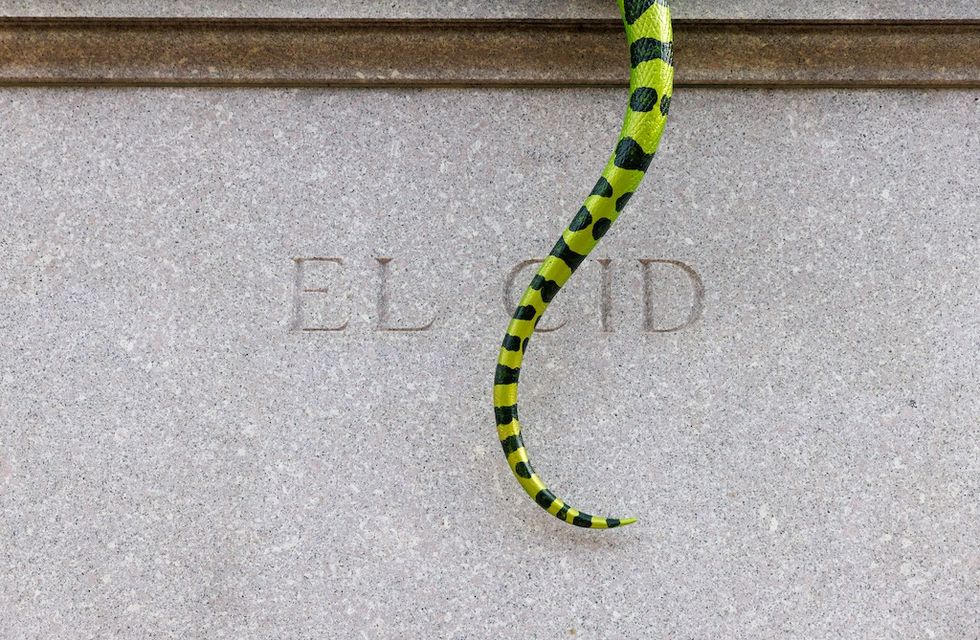
“Adriana had a clear and well-defined vision for her concept, making the process both engaging and inspiring,” says McHugh. “Collaboration was key, involving in-depth discussions on color, texture, and form. She and The Hispanic Museum & Library were a pleasure to work with, bringing creativity and clarity that helped guide the project to a successful realization.”
Varejão's sculptural paintings and painterly sculptures explore the links between art and craft, past and present, and humanity and nature. Organised with Gagosian, the exhibition showcases HSM&L’s dedication to meaningful dialogues in historical and contemporary art. As a free museum in New York City, the Hispanic Society ensures that access to these conversations is available to all.
Last month, ADKS shared an exclusive excerpt from Fifty Years of Making a Scene: Adirondack Studios 1975-2025, as it celebrates its 50th anniversary this year.
Top image credit Alfonso Lozano
Charlotte Coates is blooloop's editor. She is from Brighton, UK and previously worked as a librarian. She has a strong interest in arts, culture and information and graduated from the University of Sussex with a degree in English Literature. Charlotte can usually be found either with her head in a book or planning her next travel adventure.
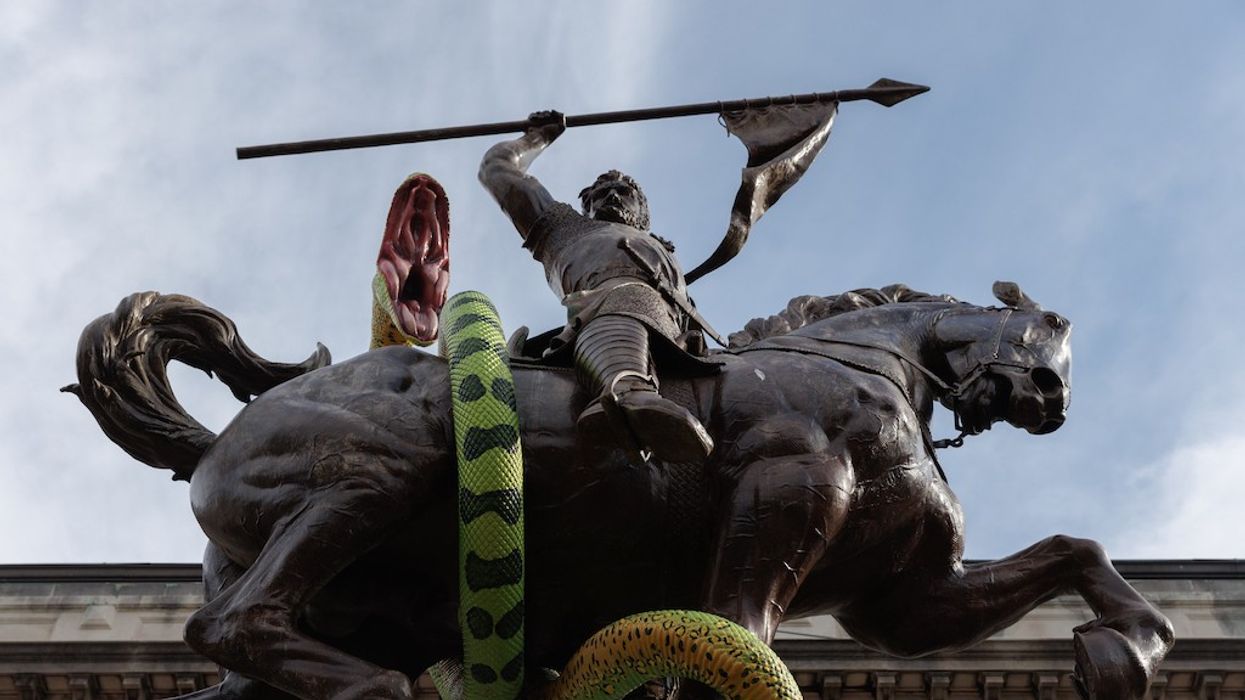

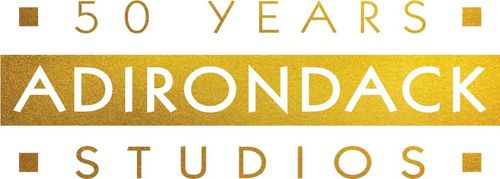

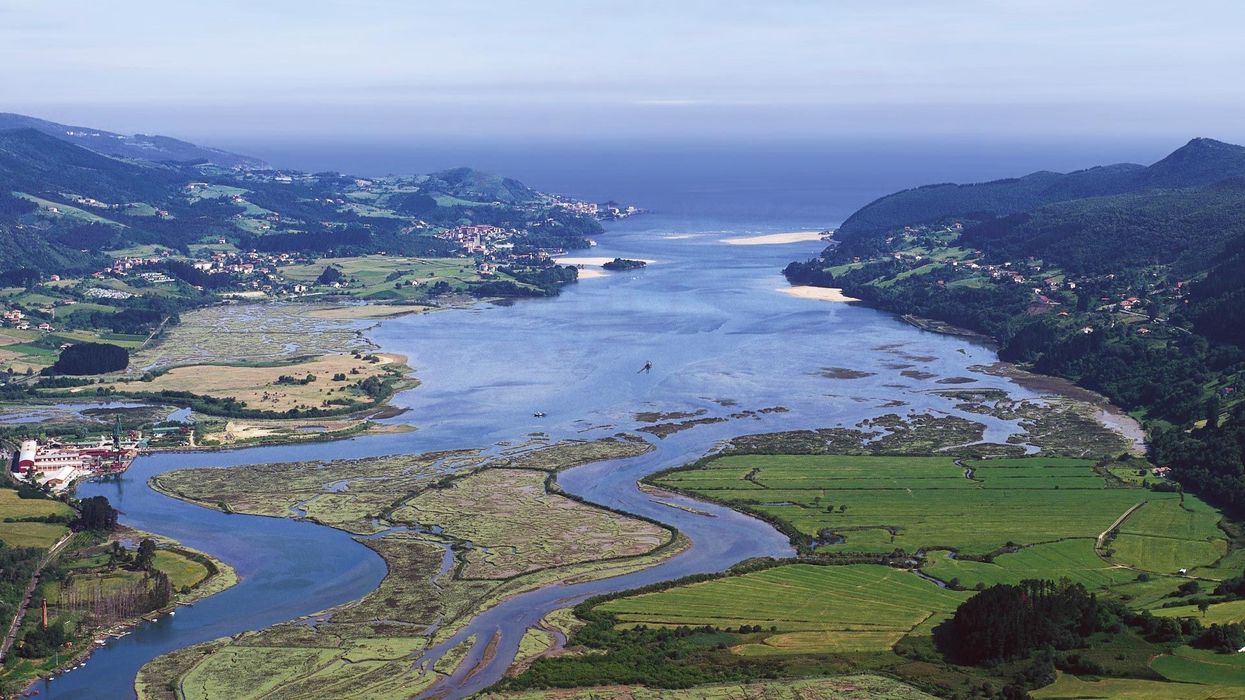
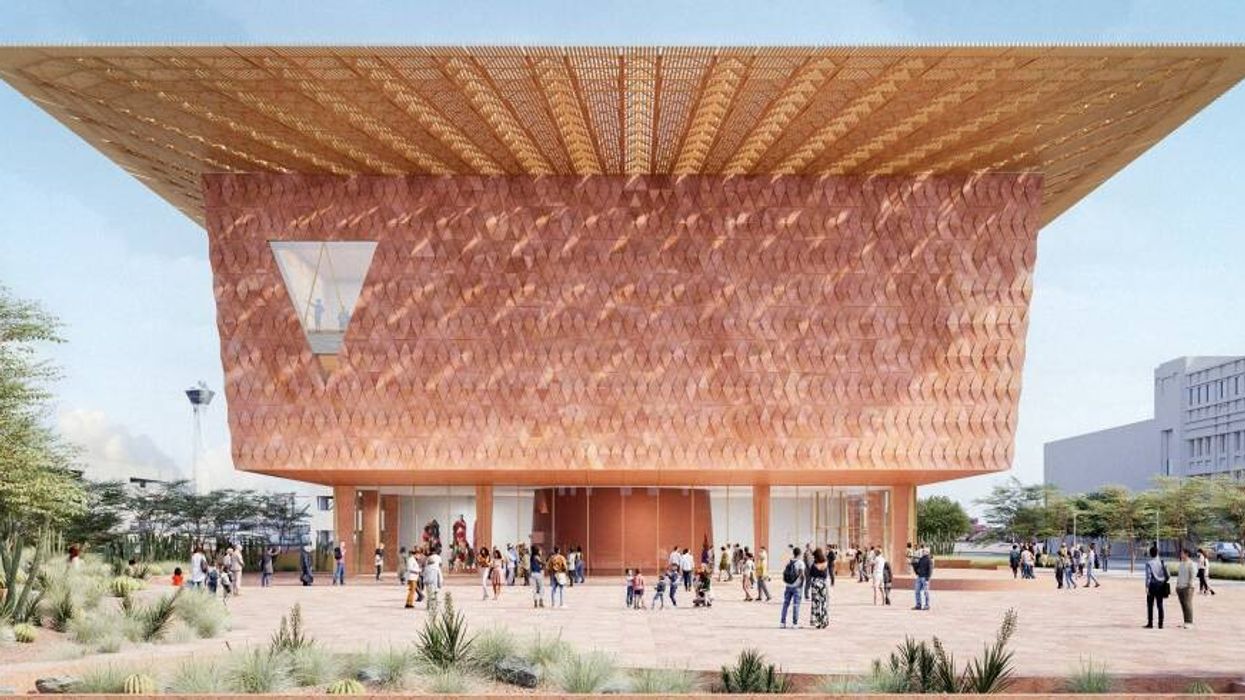

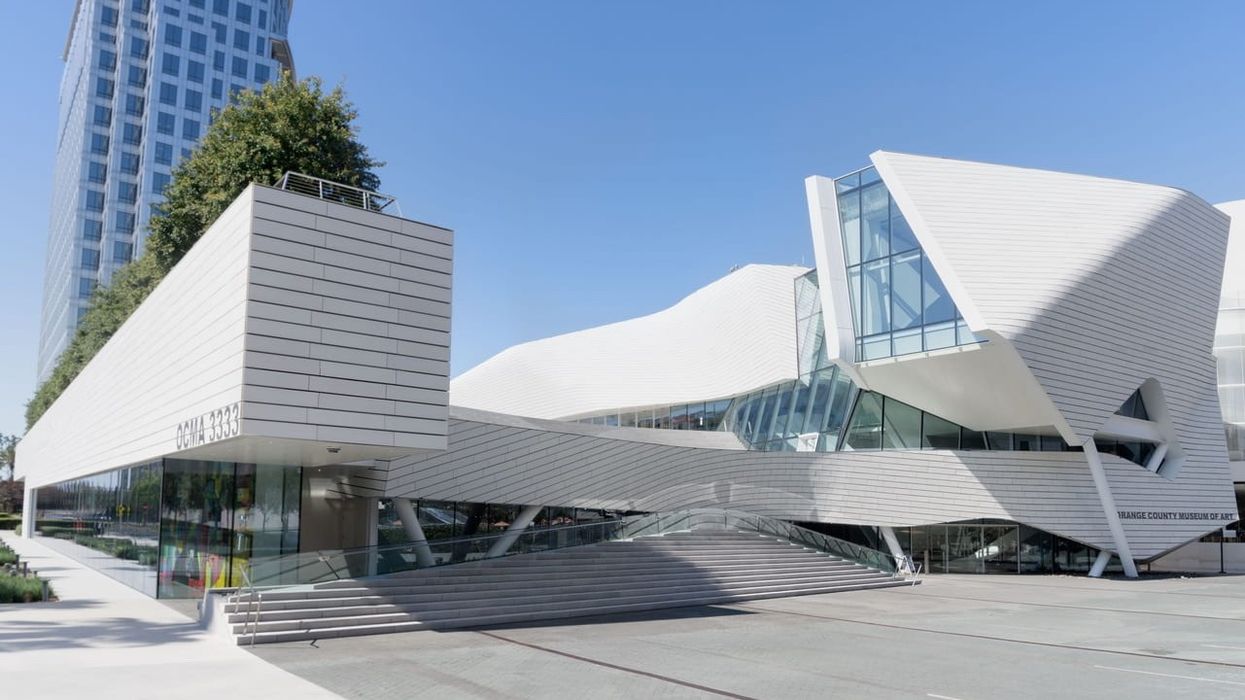




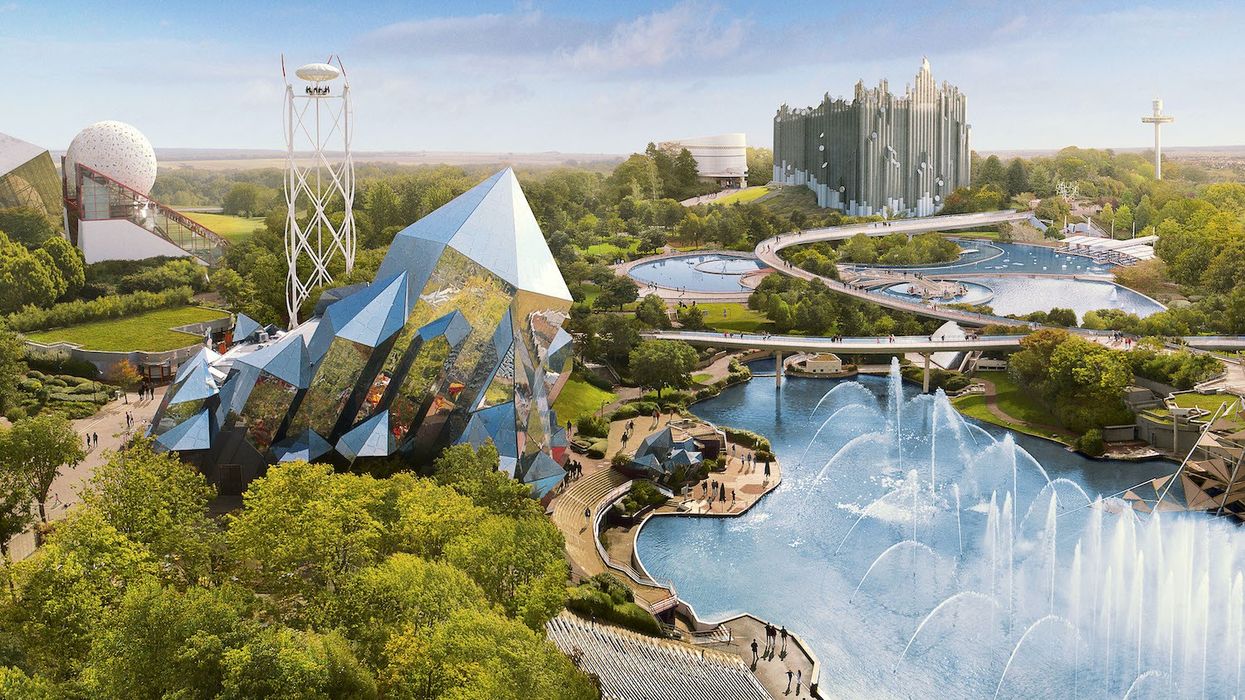



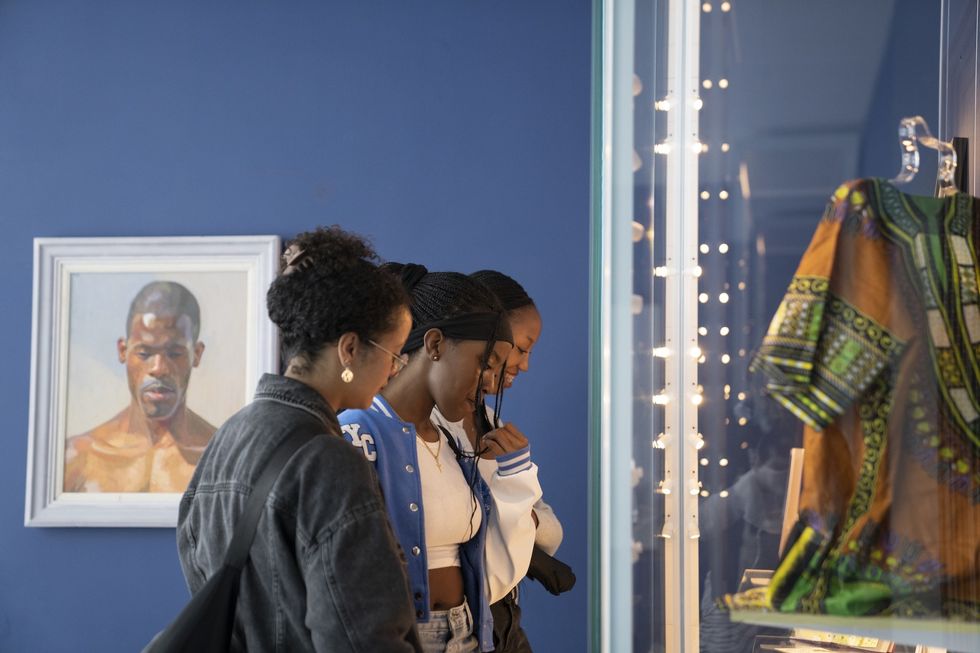
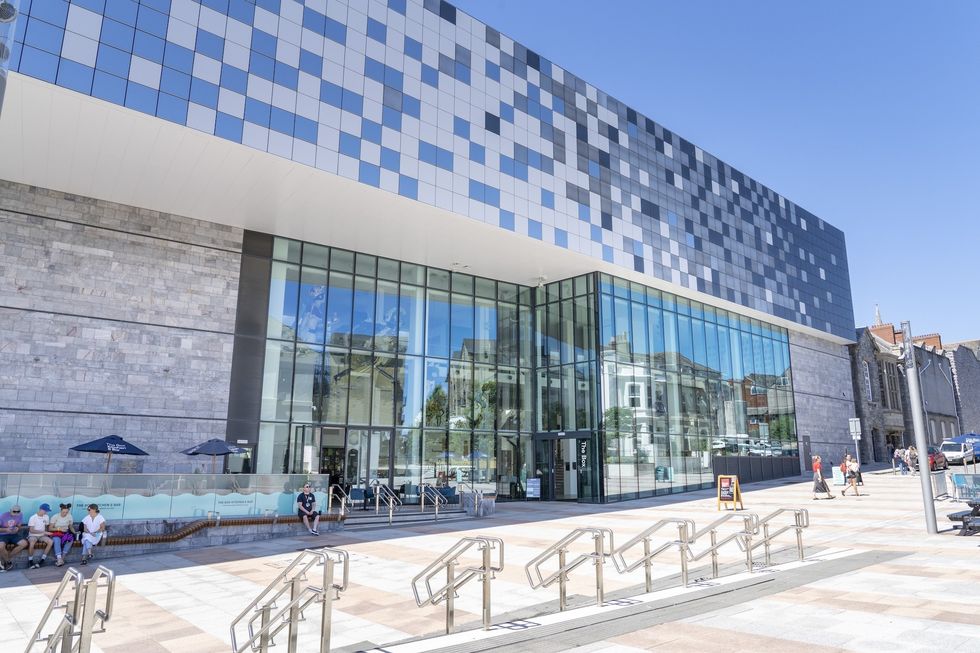

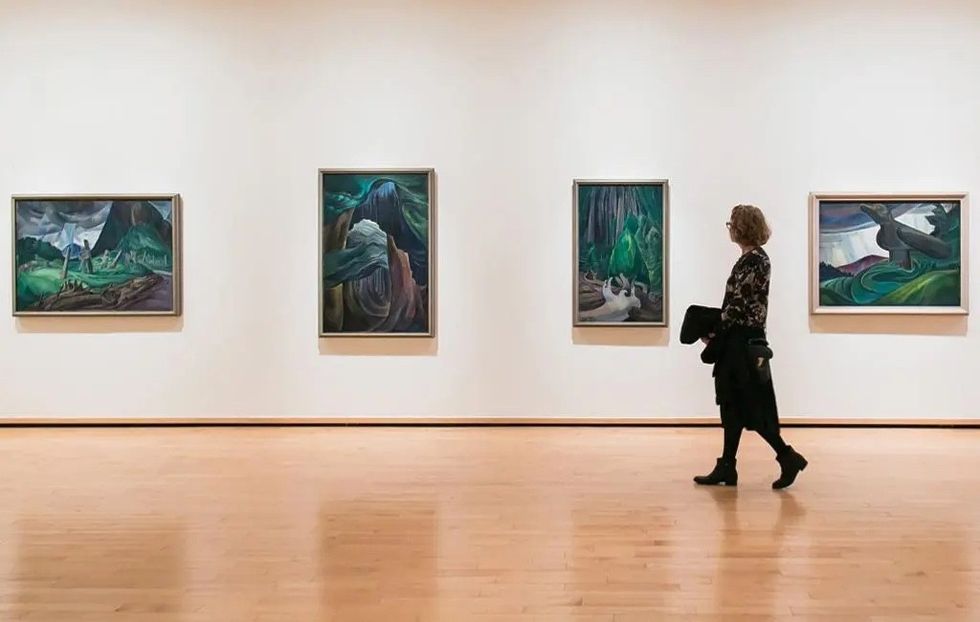
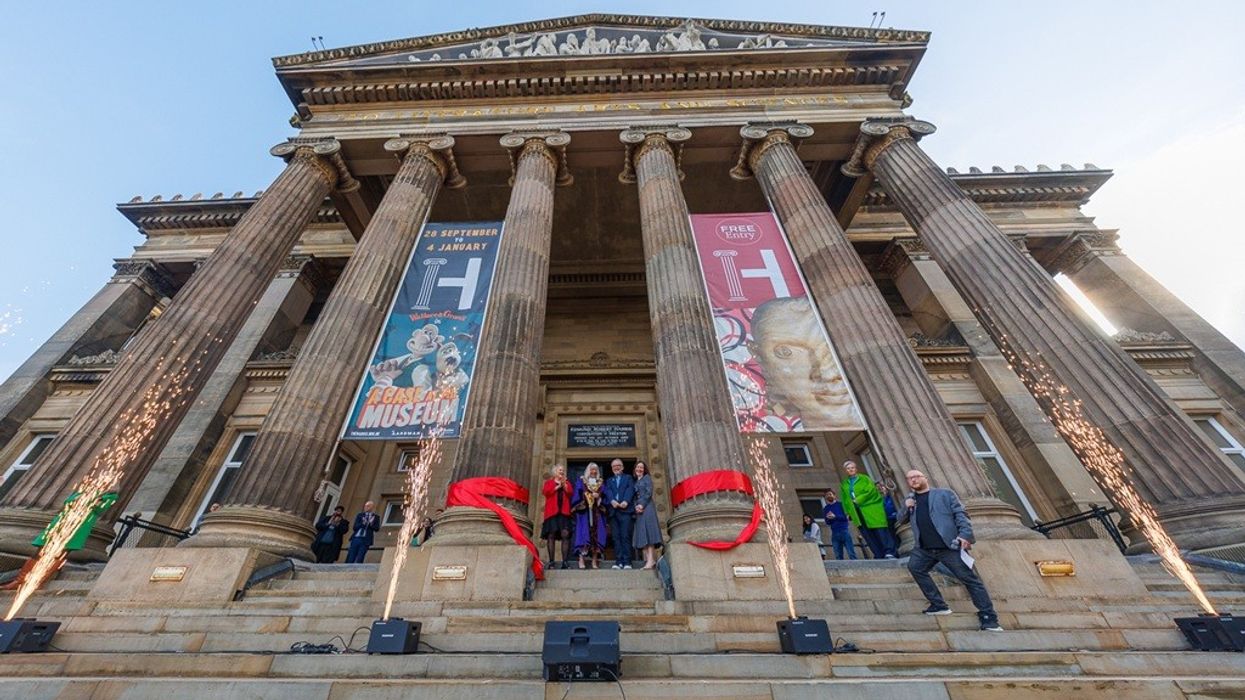
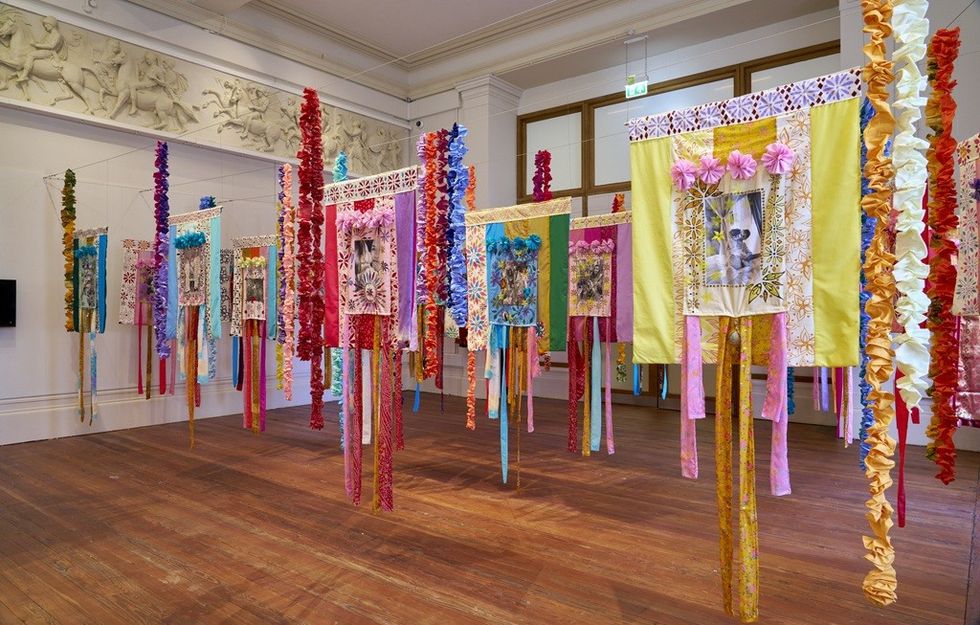 Courtesy Simon Critchley Photography
Courtesy Simon Critchley Photography Courtesy Michael Porter Photography
Courtesy Michael Porter Photography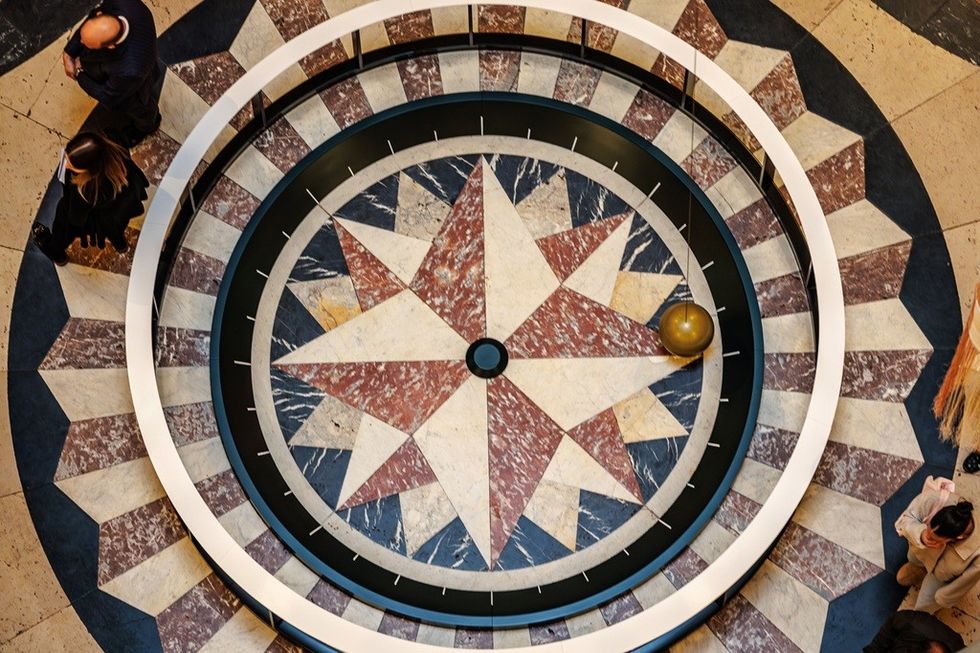 Courtesy Michael Porter Photography
Courtesy Michael Porter Photography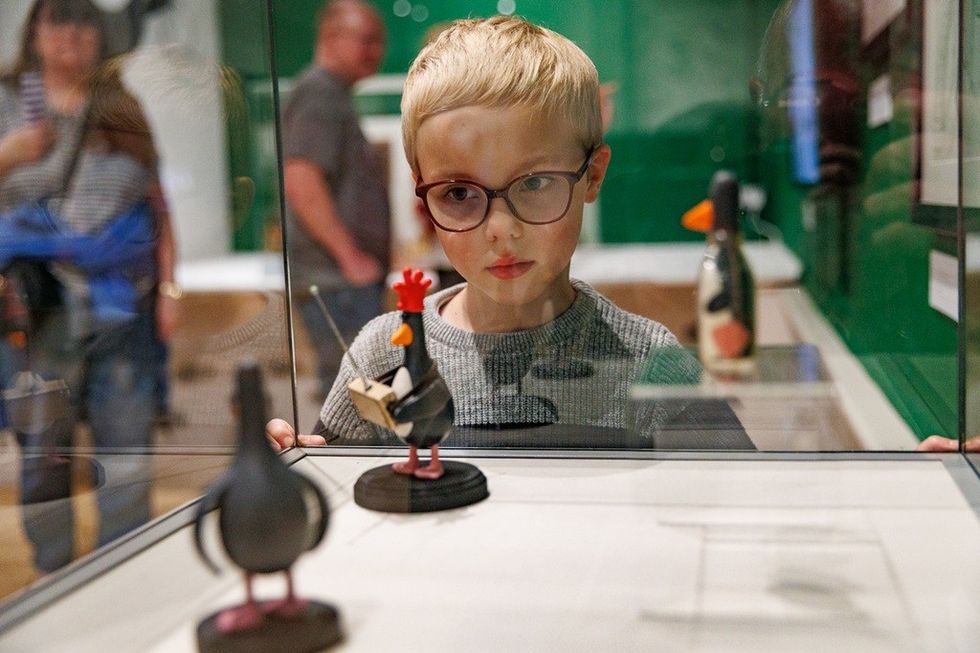 Courtesy Michael Porter Photography
Courtesy Michael Porter Photography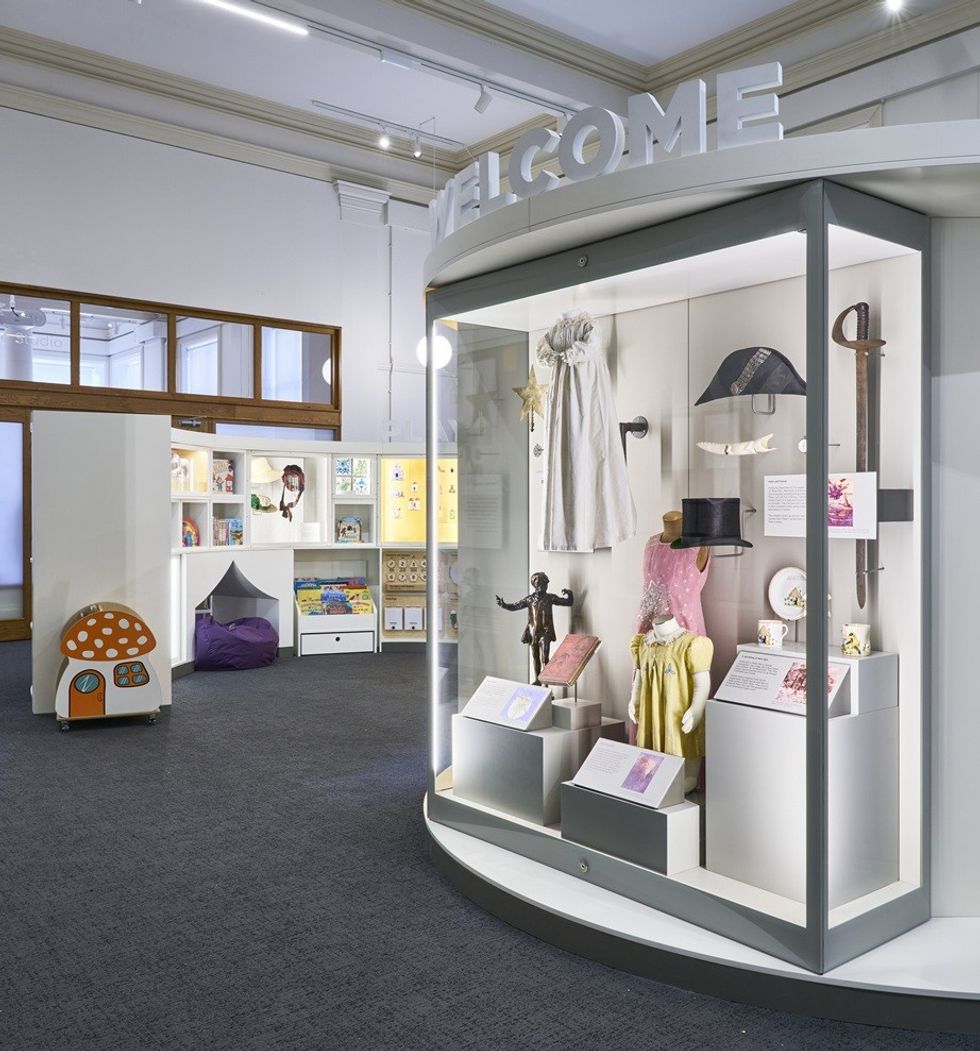 Courtesy Simon Critchley Photography
Courtesy Simon Critchley Photography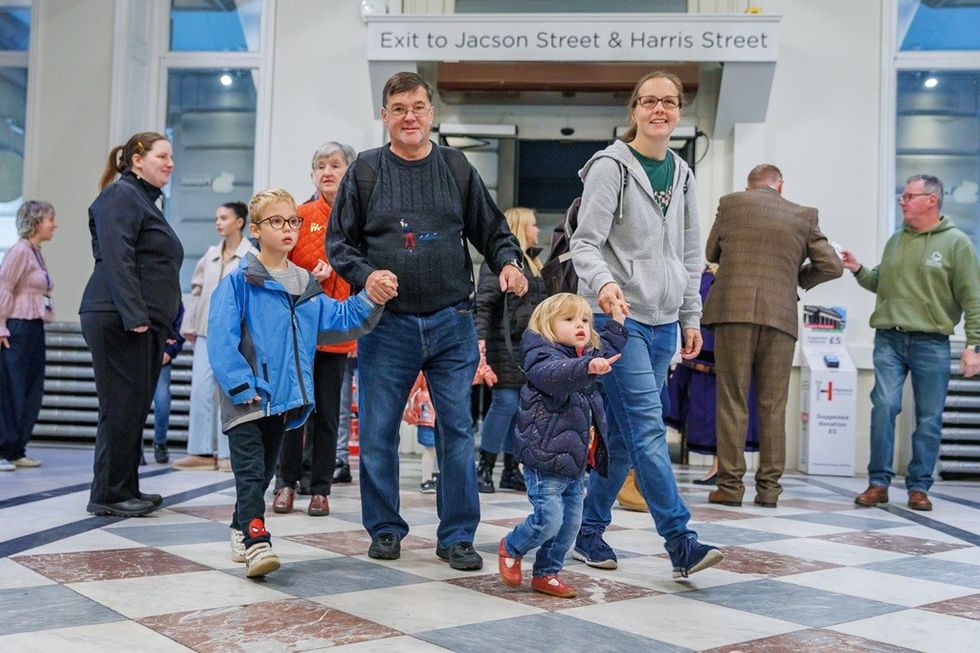 Courtesy Michael Porter Photography
Courtesy Michael Porter Photography